Mold is a common household issue that can pose serious risks to both your health and your home. Its presence may go unnoticed, hiding in dark corners or beneath surfaces, but the effects of mold can be far-reaching. In this article, we will explore the dangers of mold, from its impact on human health to the importance of addressing mold issues promptly.
Understanding the Dangers of Mold
Health Risks Associated with Mold Exposure
Mold spores can trigger various health problems when inhaled or when they come into contact with the skin. Individuals with allergies or respiratory conditions are particularly susceptible to mold-related health issues. Symptoms may include sneezing, coughing, watery eyes, nasal congestion, and skin irritation. Prolonged exposure to mold can worsen these symptoms and even lead to more severe respiratory problems.
Allergies and Respiratory Problems
Mold can act as an allergen, causing allergic reactions in sensitive individuals. Common allergenic molds include Alternaria, Cladosporium, and Aspergillus. People with mold allergies may experience symptoms such as itching, redness, and swelling of the skin, as well as coughing, wheezing, and shortness of breath. In severe cases, mold exposure can trigger asthma attacks in individuals with asthma.
- Alternaria – is a common type of mold that can be found in both indoor and outdoor environments. It appears in dark green or brown spots and is often found in damp areas such as showers, bathtubs, and basements. Exposure to Alternaria can trigger allergic reactions and asthma symptoms.
- Aspergillus – is a widespread mold genus that exists in over 185 different species. It can be found in both indoor and outdoor environments. Aspergillus typically appears green or yellow and can cause respiratory issues, especially in individuals with weakened immune systems.
- Cladosporium – is a mold commonly found on decaying plants, such as dead leaves or organic matter. It can also grow indoors on damp surfaces like carpets and upholstery. Cladosporium appears olive-green or brown and can cause respiratory allergies and skin irritation.
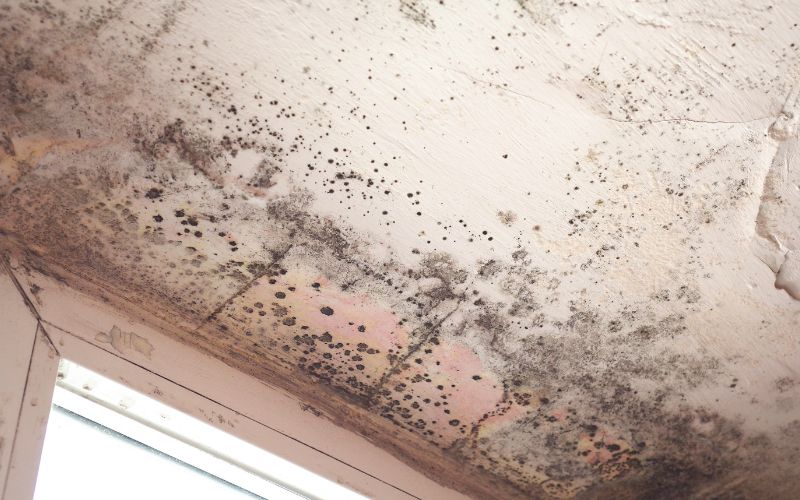
Toxic Mold and Its Impact on Human Health
Some molds produce toxic substances known as mycotoxins. Exposure to these mycotoxins can result in more severe health effects. Toxic mold, such as Stachybotrys chartarum (commonly referred to as “black mold”), is a type of mold that produces mycotoxins associated with respiratory problems, neurological issues, and even immune system suppression. Prolonged exposure to toxic mold can have serious consequences, especially for individuals with weakened immune systems, children, and the elderly.
Black Mold
Black mold, also known as Stachybotrys chartarum, is a type of toxic mold that can cause significant health issues and property damage. It thrives in damp and humid environments, often found in homes with moisture problems. Understanding the characteristics, risks, and methods of prevention and removal of black mold is crucial for maintaining a healthy living environment.
What Causes Black Mold?
Black mold requires specific conditions to grow. The primary factor is moisture. It can develop from various sources such as plumbing leaks, roof leaks, condensation, or water damage caused by floods. When moisture is present, especially for an extended period, it creates an ideal environment for black mold growth.
Additionally, high humidity levels, poor ventilation, and inadequate airflow can contribute to the development of black mold. These factors are commonly found in areas like bathrooms, basements, kitchens, and poorly ventilated spaces.
Is Black Mold Dangerous?
Yes, black mold is considered dangerous due to the potential health risks it poses to individuals who are exposed to it. Black mold, scientifically known as Stachybotrys chartarum, produces mycotoxins that can have harmful effects on human health.
Exposure to black mold spores can lead to various respiratory issues, such as coughing, wheezing, and throat irritation. Individuals with underlying respiratory conditions, allergies, or weakened immune systems may experience more severe symptoms. Prolonged exposure to black mold can also result in chronic sinus infections and persistent coughing.
Mold Prevention and Detection
1. Identifying Areas Prone to Mold Growth
Mold thrives in damp, humid environments. To prevent mold growth, it’s crucial to identify areas in your home that are prone to moisture accumulation. These areas may include bathrooms, basements, kitchens, and areas with poor ventilation. Regularly inspecting these spaces can help you detect mold issues early on.
2. Controlling Moisture and Humidity Levels
To prevent mold from growing, it’s essential to control moisture and humidity levels in your home. Proper ventilation and adequate airflow can help reduce humidity. Additionally, using dehumidifiers in damp areas and promptly repairing any leaks or water damage can help prevent mold growth.
3. Regular Inspection and Maintenance
Regular inspection of your home is key to identifying and addressing mold problems before they become widespread. Pay attention to musty odors, visible signs of mold growth, and water stains on walls or ceilings. Addressing these issues promptly can prevent mold from spreading and causing further damage.
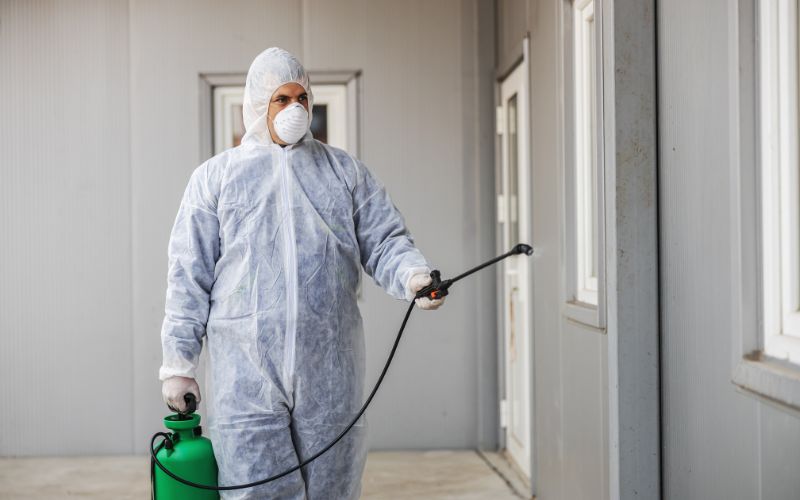
Mold Remediation and Removal
Professional Mold Removal Services
For extensive mold infestations or when dealing with toxic mold, it’s advisable to hire professional mold remediation services. Mold removal experts have the necessary knowledge, equipment, and experience to safely and effectively eliminate mold from your home. They can also identify the root cause of the mold problem and provide recommendations to prevent future occurrences.
Steps in the Mold Removal Process
- Containment and Isolation
To prevent the spread of mold spores during removal, the affected area is contained and isolated using physical barriers and negative air pressure systems. This prevents cross-contamination to unaffected areas of the property.
2. Removal of Mold Contamination
The next step involves physically removing mold-contaminated materials, such as drywall, carpeting, or insulation. It is essential to handle this process carefully to minimize the release of mold spores. Personal protective equipment, such as gloves, masks, and coveralls, should be worn by the mold remediation team.
3. Cleaning and Sanitization
After removing the mold-contaminated materials, the remaining surfaces are thoroughly cleaned and sanitized. Specialized antimicrobial agents are used to kill any remaining mold spores and prevent future growth. Proper cleaning techniques ensure the elimination of mold and minimize the risk of recontamination.
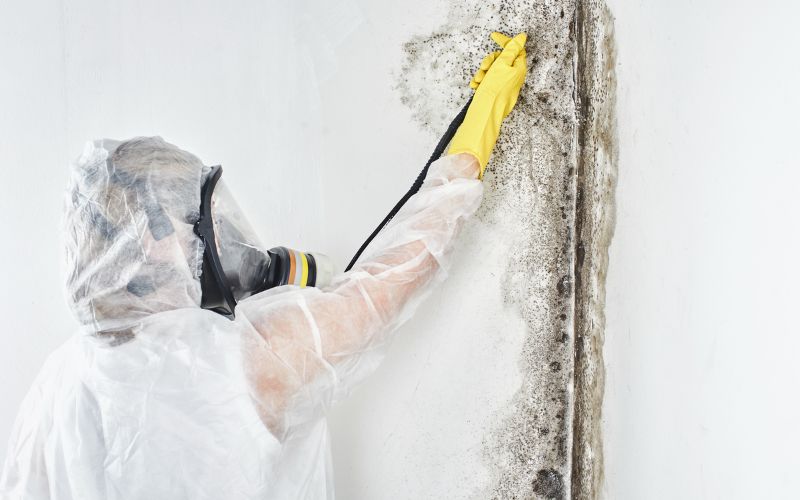
DIY Methods for Small-Scale Mold Removal
In some cases, you may be able to address small-scale mold issues on your own. When tackling mold removal, it’s crucial to wear protective gear such as gloves, goggles, and a mask to minimize exposure to mold spores. Using a mixture of water and detergent or a commercial mold cleaner, scrub the affected area thoroughly. Remember to address the underlying moisture issue to prevent mold from returning.
The Importance of Addressing Mold Promptly
Preventing Further Damage to Property
Mold can cause significant damage to your home if left unaddressed. It can weaken structures, stain surfaces, and deteriorate materials such as wood and drywall. By promptly addressing mold issues, you can minimize the extent of damage and potentially save on costly repairs.
Minimizing Health Risks for Occupants
The health and well-being of your family and occupants should be a top priority. Promptly addressing mold problems ensures that they are not exposed to potentially harmful mold spores or mycotoxins. By maintaining a mold-free environment, you create a safer and healthier living space for everyone.
Conclusion
Mold is more than just a cosmetic issue. Its presence can lead to various health risks, especially for individuals with allergies or respiratory conditions. Additionally, toxic mold can have severe consequences for vulnerable populations. Taking proactive steps to prevent mold growth, promptly addressing mold issues, and seeking professional assistance when necessary are crucial for maintaining a healthy and safe living environment.
FAQ
Visible signs of mold growth, musty odors, and water stains are indications of a mold problem. If you suspect mold, it’s best to have a professional inspection to assess the extent of the issue.
Small-scale mold issues can sometimes be addressed with DIY methods. However, for extensive or toxic mold infestations, it’s recommended to hire professional mold removal services to ensure safe and effective remediation.
Yes, mold can cause a range of health issues, including allergies, respiratory problems, and in the case of toxic mold, more severe health effects.
Controlling moisture and humidity levels, addressing leaks and water damage promptly, and ensuring proper ventilation are key in preventing mold growth.
While not all molds are toxic, any type of mold can cause health issues, especially for individuals with allergies or respiratory conditions. It’s best to address mold problems promptly to maintain a healthy living environment.



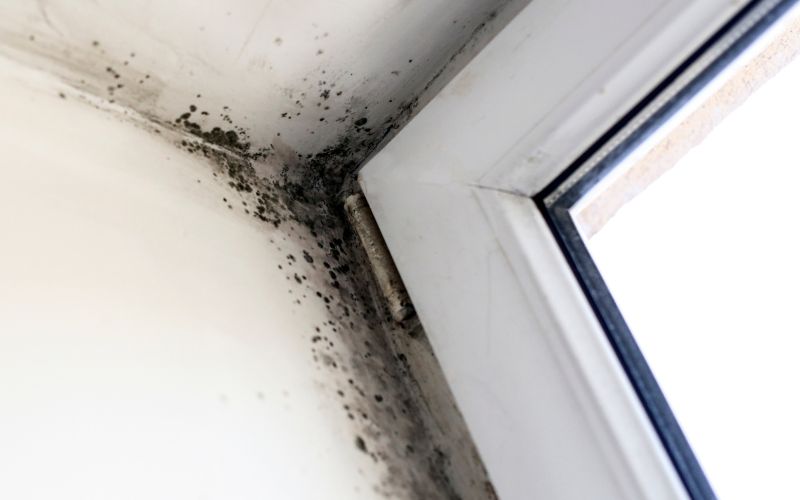
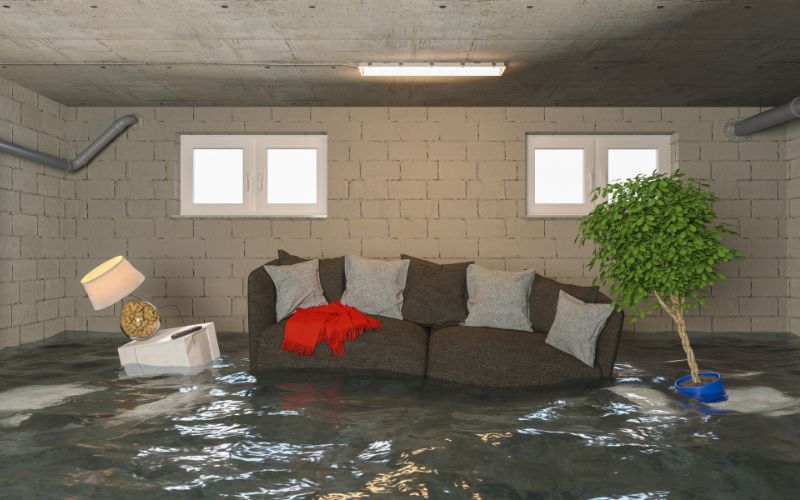
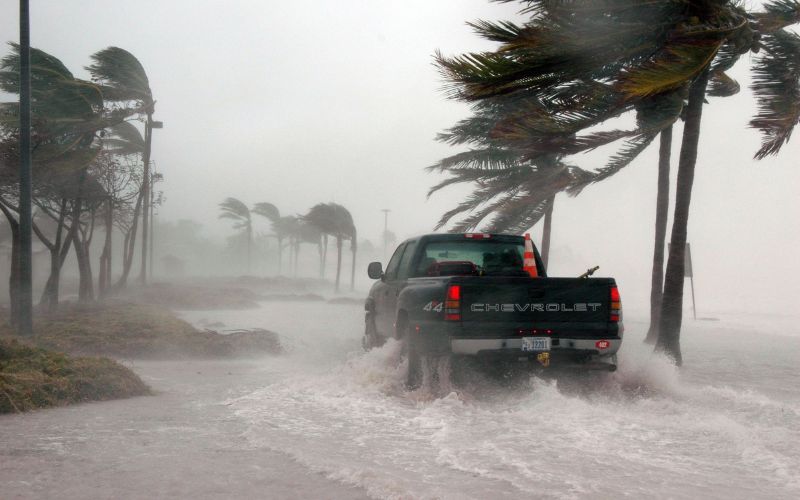
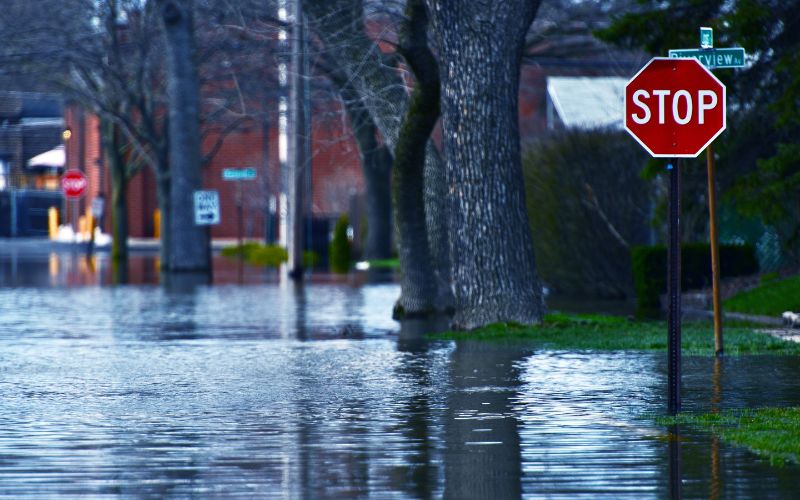
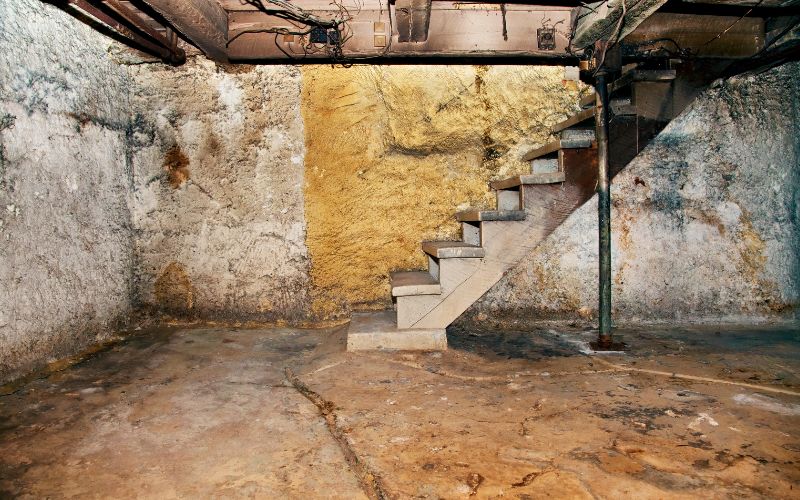
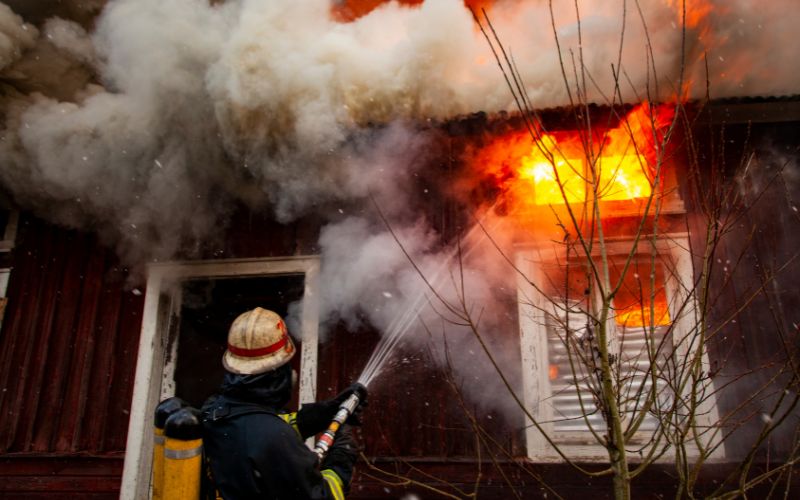




 by
by